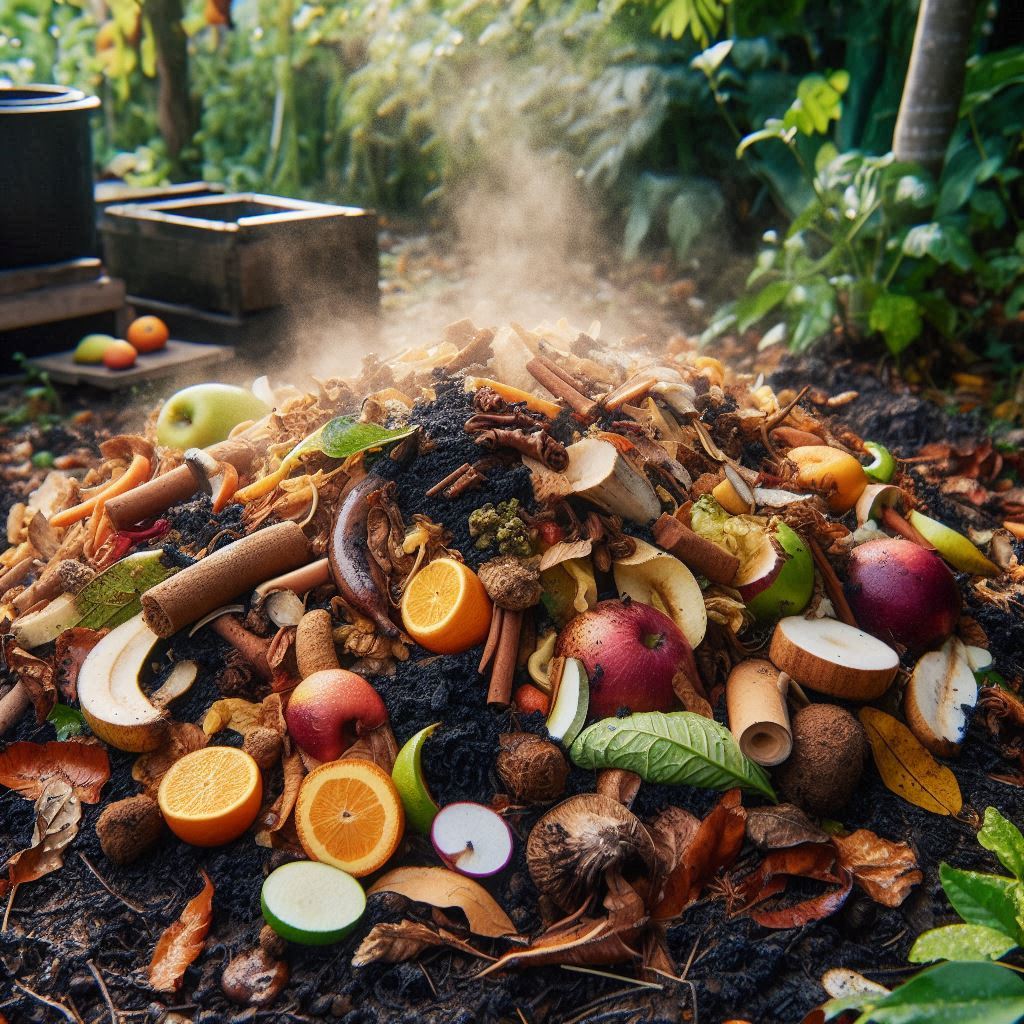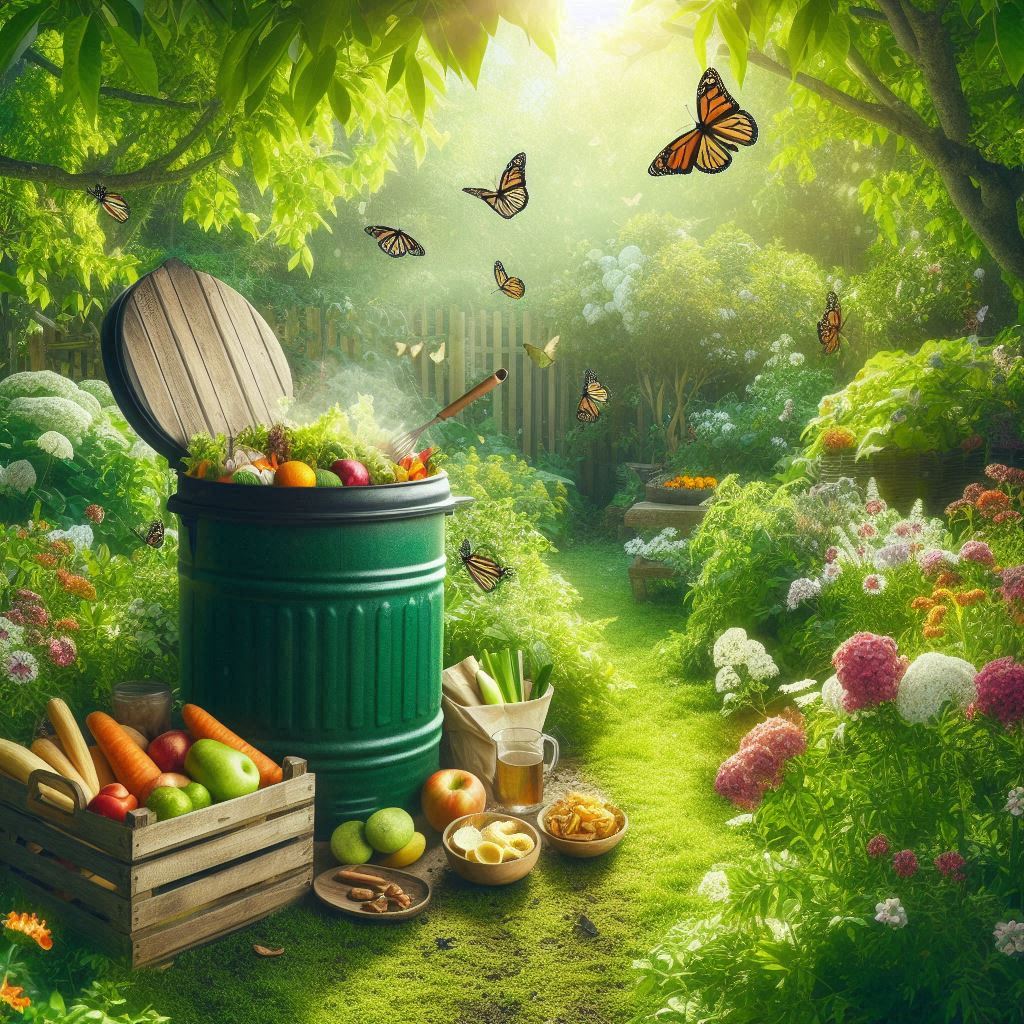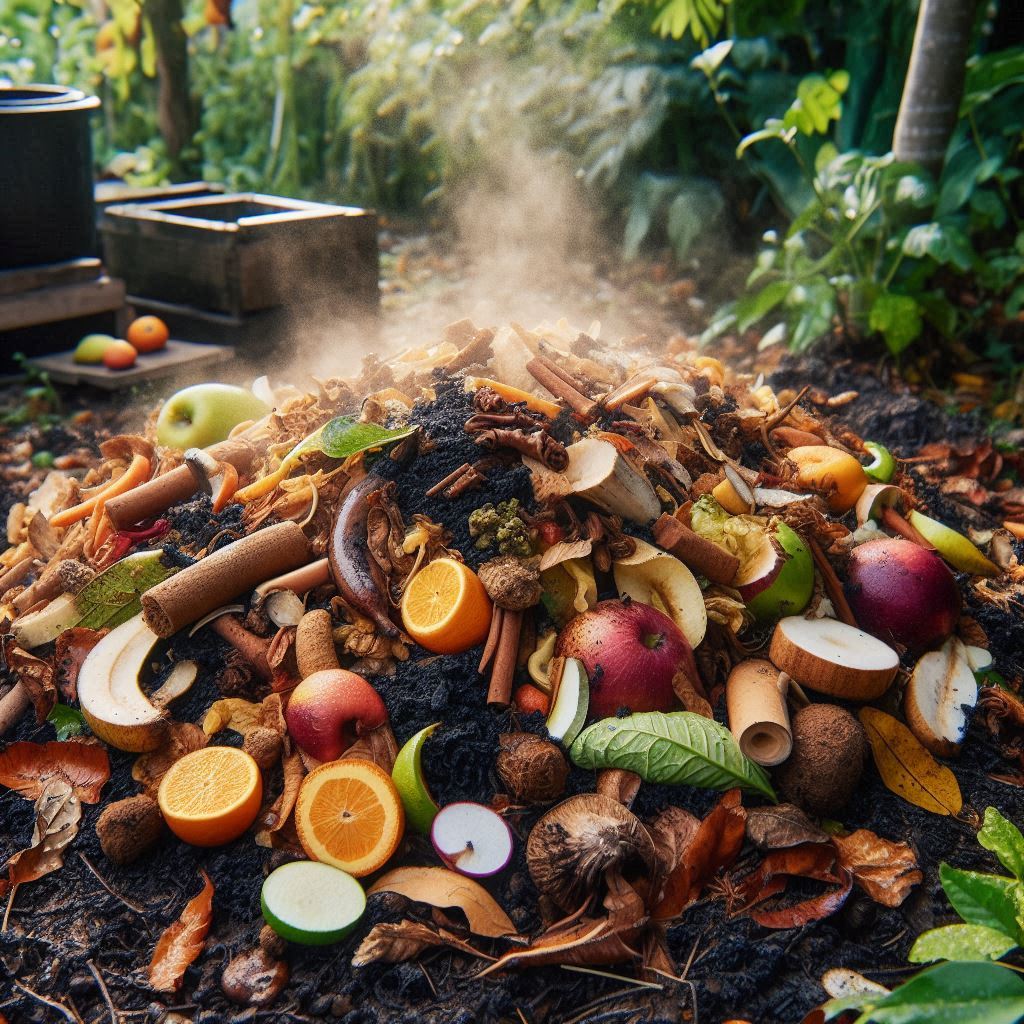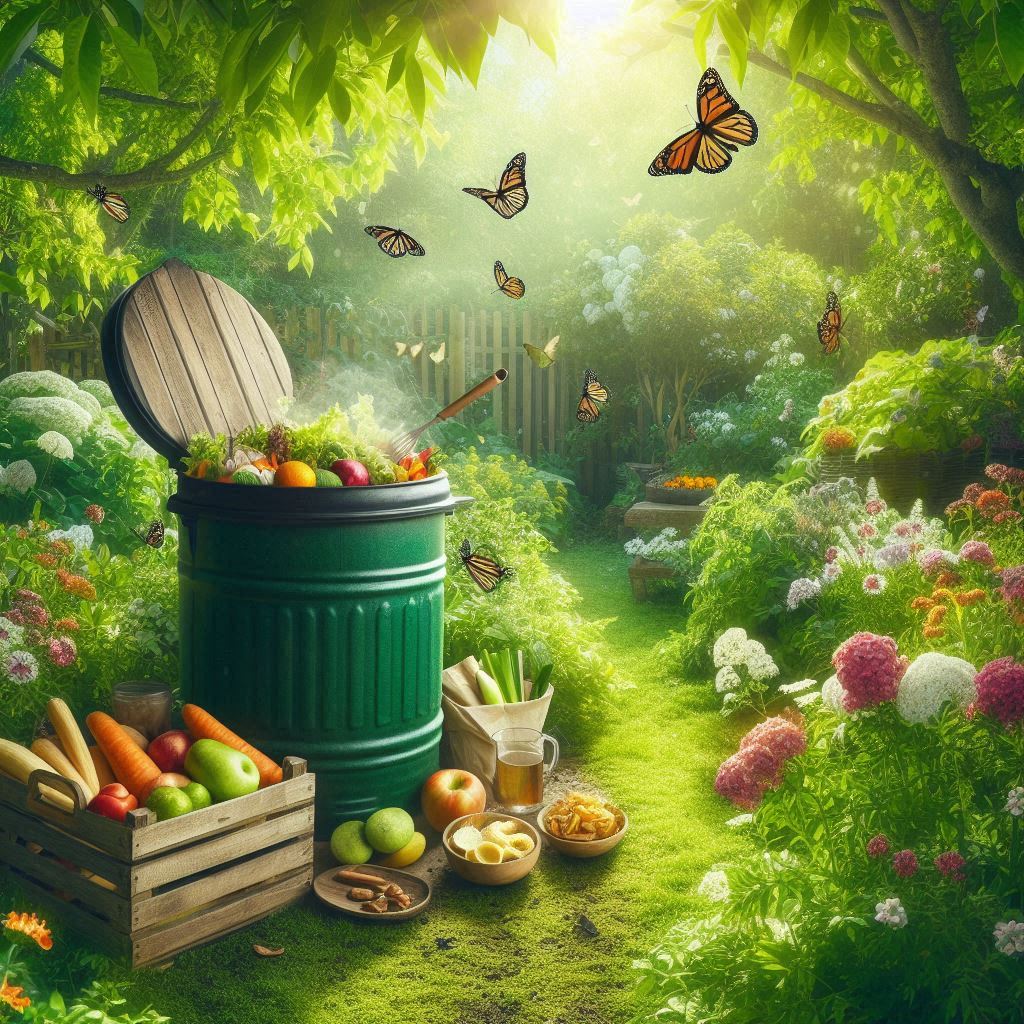Composting Basics: A Study Guide
1/9
Earn XP
Description and Tags
Name | Mastery | Learn | Test | Matching | Spaced |
|---|
No study sessions yet.
10 Terms

What type of bacteria thrive in the presence of oxygen and are essential for efficient composting?
Aerobic bacteria

What materials are considered brown materials in composting?
Carbon-rich materials like dry leaves, cardboard, and newspaper.

What is the ideal moisture level for a compost pile?
Moist but not soggy, resembling a wrung-out sponge.

What is compost?
Decomposed organic matter that enriches soil, improves drainage, and provides nutrients for plants.
Why is a 50:50 ratio of green to brown materials recommended for composting?
It provides the ideal balance of nutrients and energy for decomposers, promoting efficient breakdown.
What are green materials in composting?
Nitrogen-rich materials like kitchen scraps and grass clippings.
What is the role of decomposers in the composting process?
To break down organic matter into nutrient-rich compost.
What are two examples of green materials?
Kitchen scraps and grass clippings.
How can you jump-start the composting process?
By adding a handful of finished compost or garden soil.
Why is turning the compost pile regularly important?
It introduces oxygen, essential for aerobic bacteria to thrive and helps distribute moisture and heat evenly.